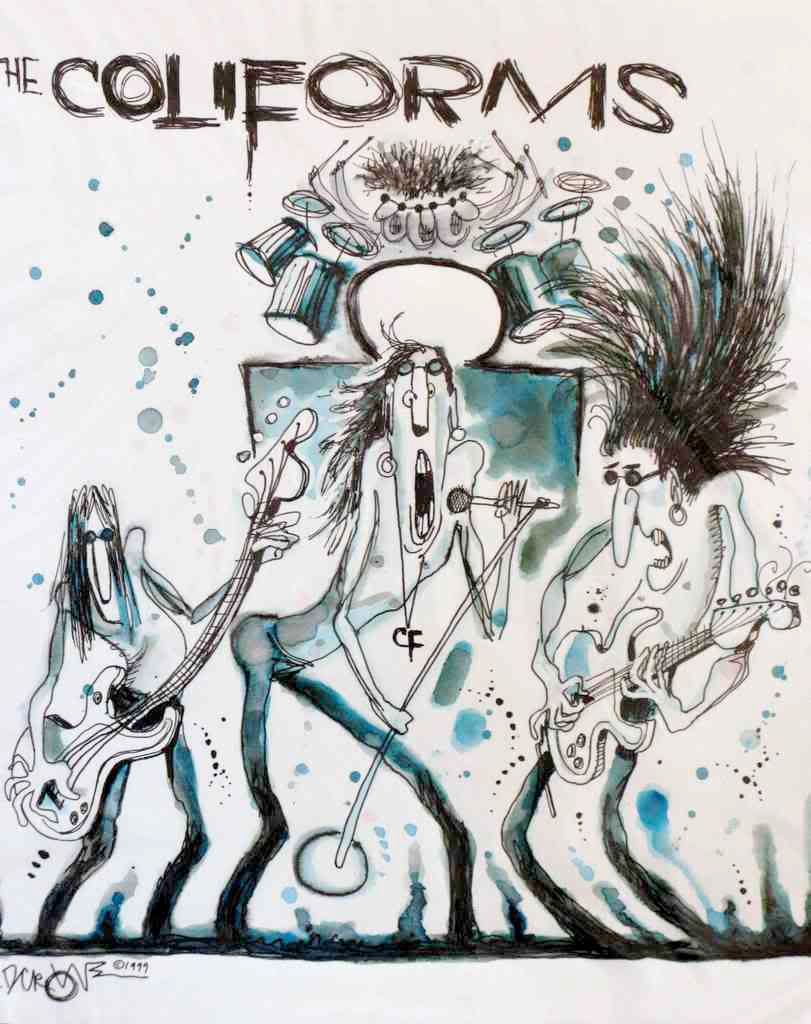 Have you ever wondered what's growing in your toothbrush? And what you can – or should – do about it? If so, you're not alone. An entrepreneur by the name of Joel Pinsky introduced his solution to the problem in 2005.
Have you ever wondered what's growing in your toothbrush? And what you can – or should – do about it? If so, you're not alone. An entrepreneur by the name of Joel Pinsky introduced his solution to the problem in 2005.The VIOlight™ Toothbrush Sanitizer uses a short-wave ultraviolet lamp to sanitize toothbrushes. After brushing your teeth, all you need to do is rinse your toothbrush, place it in the holder, and press a button. For the next 10 minutes, your toothbrush is exposed to germicidal UV radiation that kills at least 99% of the bacteria and viruses that are present on the exposed surfaces. And all for just $49.95.
But is this really necessary? The American Dental Association doesn't think so. The ADA advises that the claimed benefits of sanitizing toothbrushes – whether by rinsing in mouthwash, alcohol or bleach, by microwaving or by any other means – have not been documented by clinical studies. Furthermore, the Association points out that some sanitizing methods might damage the toothbrush and shorten its usable life.
But what is the harm in being extra careful? The VIOlight™ device holds toothbrush upside-down in a closed container. After the lamp (which can only kill microbes that it can "see" – that is, those on exposed surfaces) has completed its 10-minute cycle, it turns itself off. Any bacteria that remain on the still-moist toothbrush will begin to multiply.
A single bacterium can multiply 1000-fold within 4 hours, if conditions are right. And chances are that this new generation of bacteria – all of them descendants of a survivor of UV radiation – will be more resistant to UV rays than the original population. Sanitizing your toothbrush may give you a false sense of security and cause you to neglect other fundamentals of toothbrush care and personal hygiene.
The ADA web site offers four specific recommendations for toothbrush care.
- Do not share toothbrushes.
- Thoroughly rinse toothbrushes with tap water after brushing to remove any remaining toothpaste and debris.
- Do not routinely cover toothbrushes or store them in closed containers.
- Replace toothbrushes at least every 3–4 months.
For the great majority of us, however, sanitizing a toothbrush is neither necessary nor recommended. The VIOlight™ is just one more device that trades on the collective bacteriophobia of modern society.





No comments:
Post a Comment
Note: Only a member of this blog may post a comment.